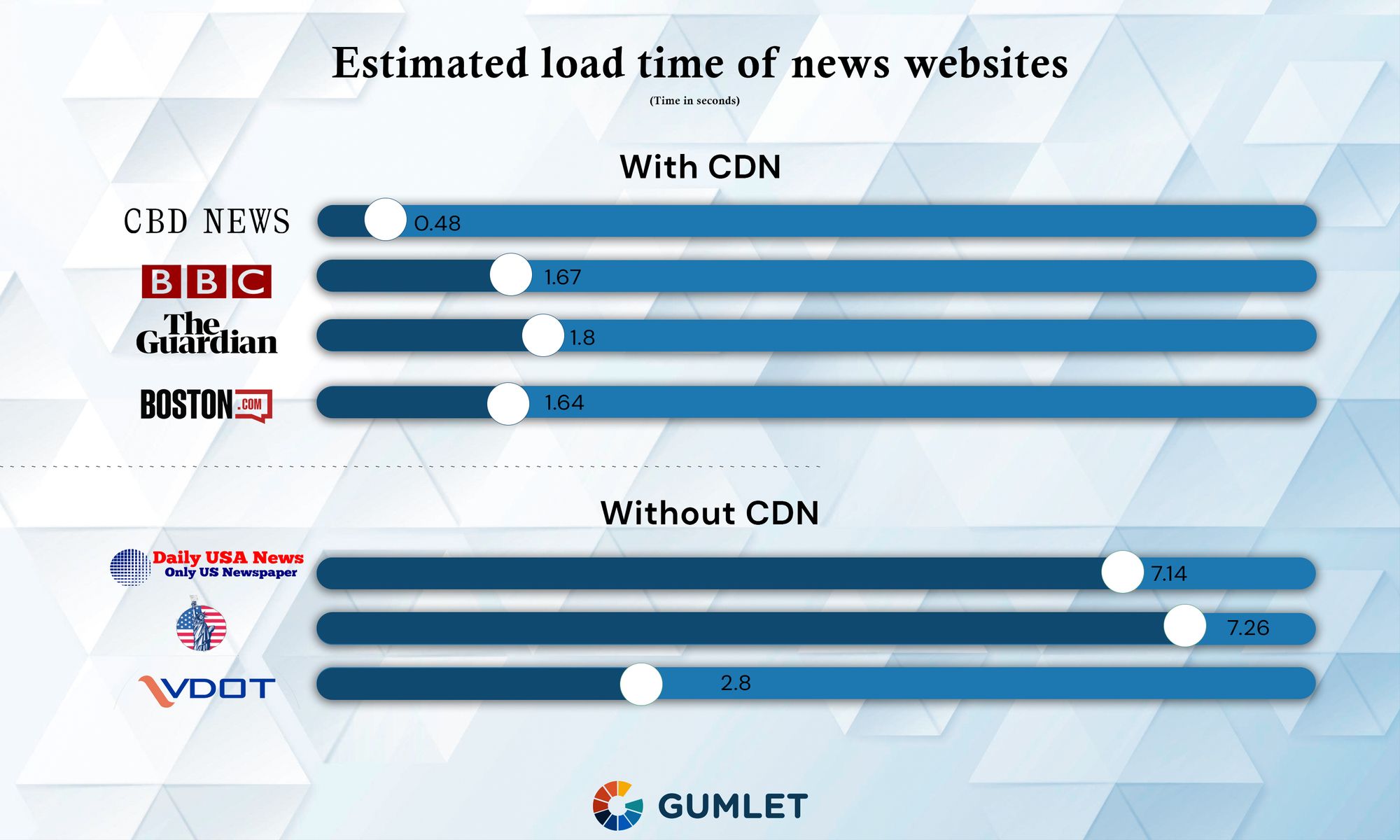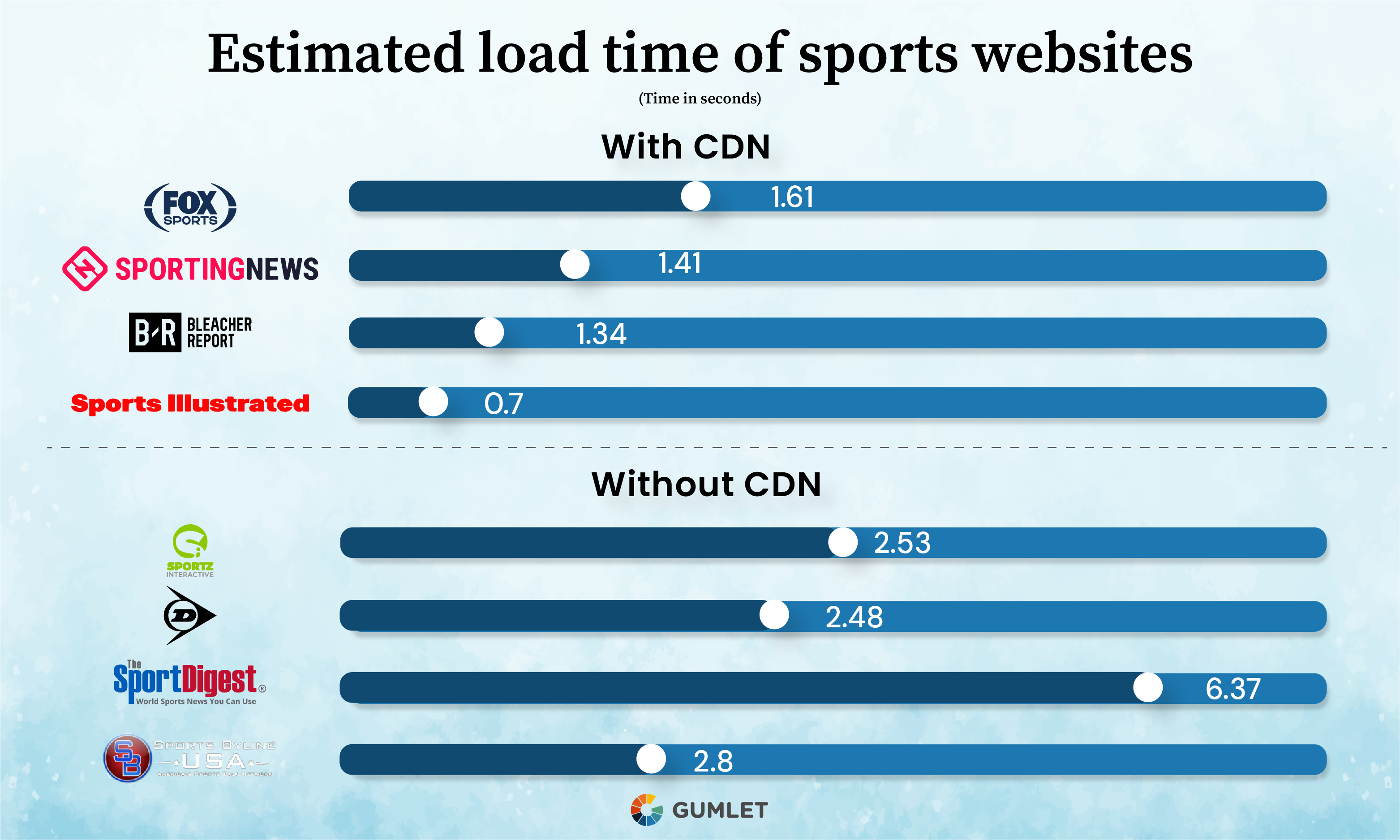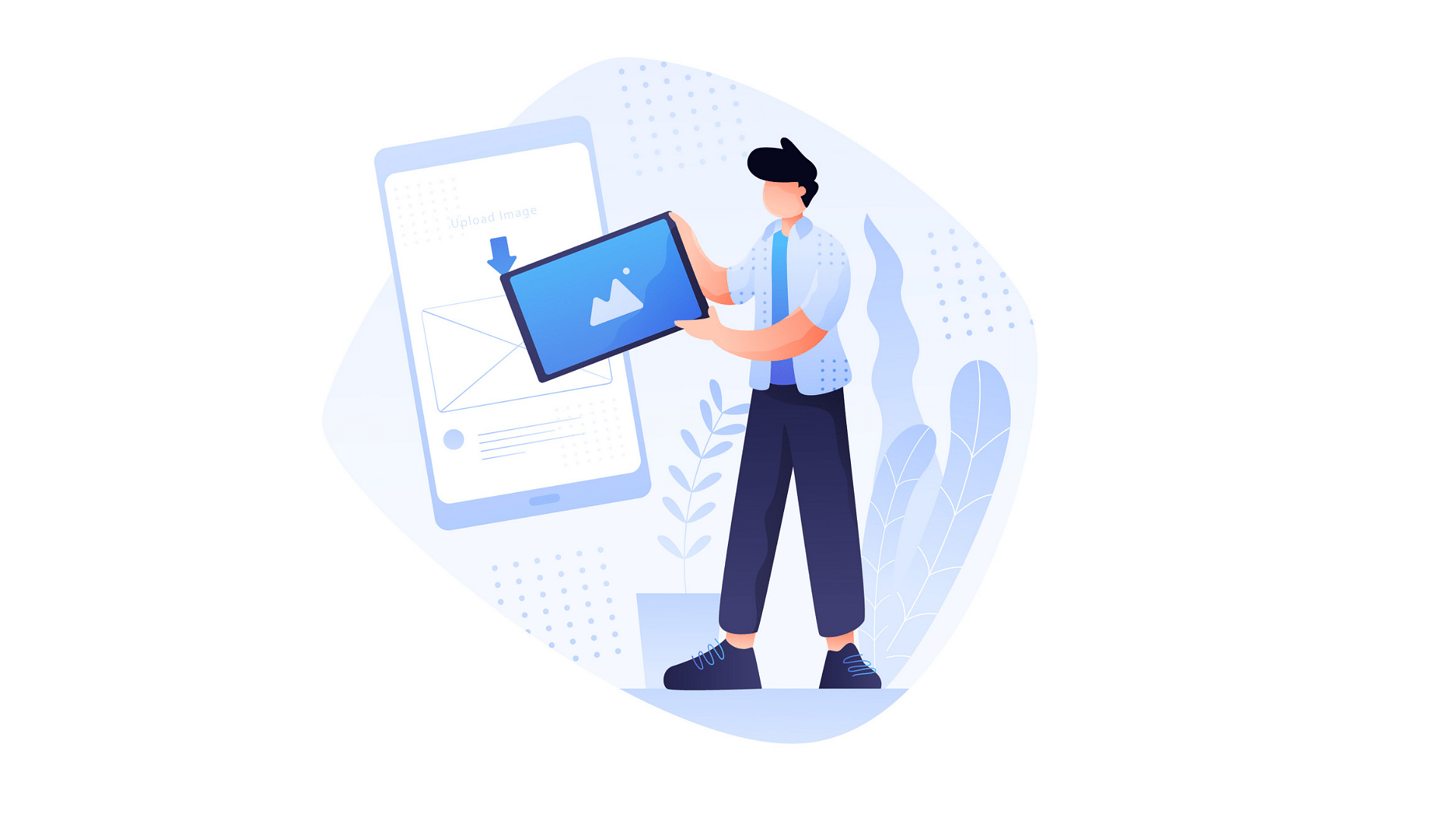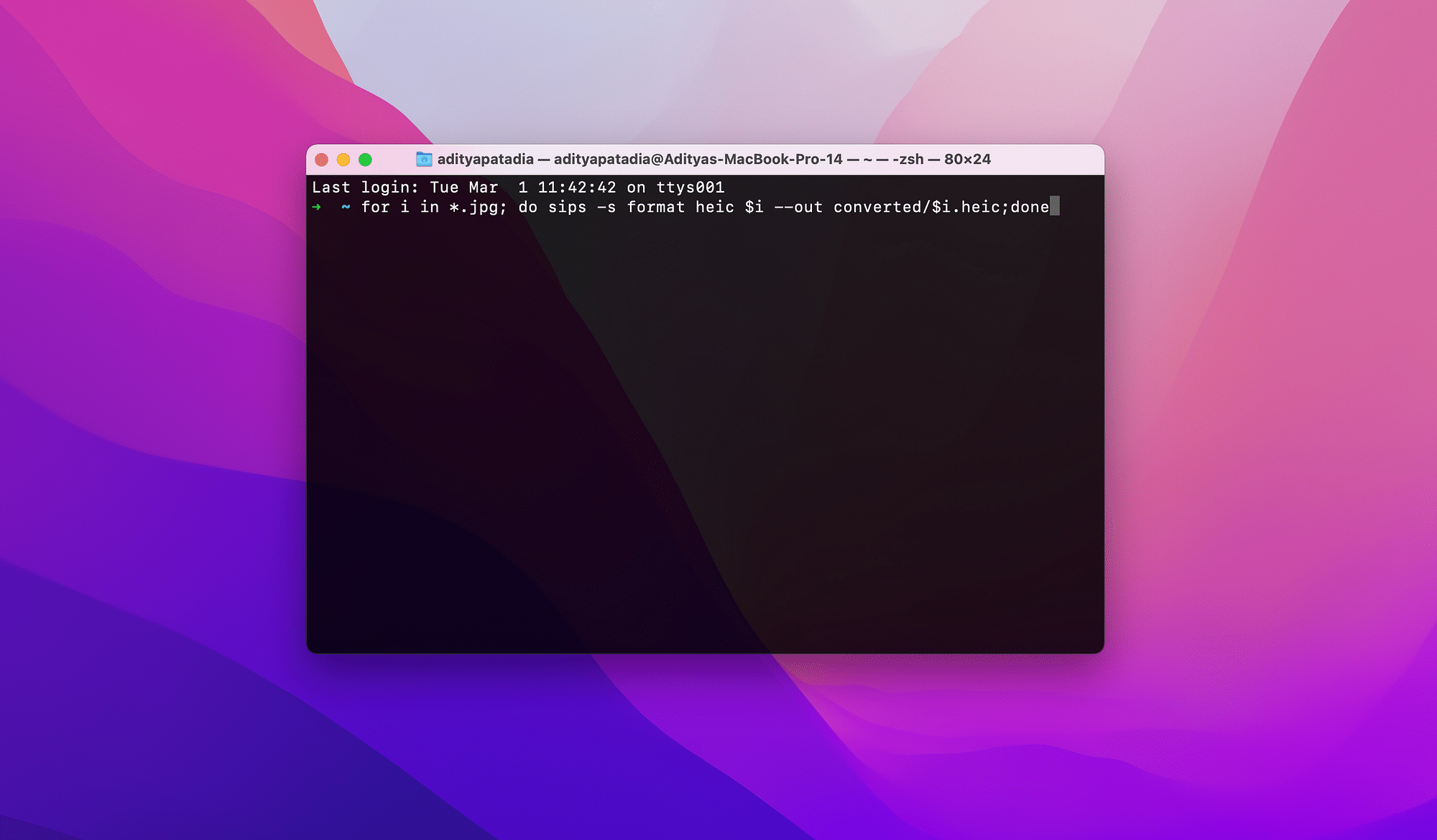As news and sports websites come with a highly competitive niche, it is essential to emphasize and improvise on a strong and effective SEO strategy.
Producing quality content does not ensure a high ranking on Google search because there are thousands of people searching for the products within the ambit of your niche. In a single second, 94,516 searches are made and processed on Google.
To attract traffic to your website, you should focus on optimizing the content and place relevance on image optimization. Image optimization essentially helps boost the speed of a website.
So, if you want people to have a hassle-free experience and read content on your sports or news and media website, take a look at the information given below!
How Image Optimization Affects Page Speed
Websites produce a slow output owing to the large size of images. This lowers the quality of the optimal experience that a user could potentially have on news and media or sports websites. This is where image optimization comes into the picture.
Optimizing images involves reducing the size of images with the help of a script or a plugin. The resultant outcome speeds up the website by reducing the load time of the webpage.
The commonly used compression methods used for image optimization are lossless and lossy compression. Images As per HTTP Archive, photos on a website constitute an average of 21% of a webpage's weight.
In sports or a news website, images will certainly make up for a larger portion of the webpage. The more and larger number of images a website has, the longer it will take to load.
This is where image optimization can help reduce speed and provide visitors with a quick and smooth experience.
The Issue of Slow Loading In Sports and News & Media Websites
Unoptimized content on web page are the most common reason why sports and news websites load slowly. High-resolution images require a large bandwidth while loading. So, when large-sized images are uploaded to a web page, they increase the entire web page's size.
Thus, causing the website to load slowly. The reason news & media, and sports websites load slowly is that these websites have a plethora of images. Furthermore, if these images are not optimized, the web page loads more slowly.
Please take a look at the following factors that will help you understand slow loading and how to overcome it.

Low TTI and Reason Behind It
Time To Interactive or TTI is an essential component that needs to be considered when a website's performance is monitored. TTI enables you to assess the interactivity on your website. TTI quantifies the time it takes for a page to become interactive for users – or react to the click.
The reasons for TTI to be low include the existence of a greater number of java scripts on the webpage and unoptimized images. More java scripts will lead to a low TTI. Furthermore, the TTI can vary from one device to another because script performance is different for different devices.
So, if a device has a slow processor, the scripts will take a greater time to be analyzed and compiled. One of the best ways to improve the TTI for your website is by removing irrelevant java scripts.
Images and CSS files contribute substantially to the load time of a webpage. So, another way to enhance the TTI is by optimizing images and CSS files.
High Image Requests
A plethora of images coupled with multiple JavaScripts and CSS will result in increased HTTP requests. This is one of the major reasons why content websites take longer to load.
This is what happens every time there is a visitor on the website – the browser alerts the server with many requests so that all the files on the website can be loaded. Of course, approving these requests takes a long time. Thus, leading to a longer page load time.
To avoid this, you must remove irrelevant JavaScripts and optimize images on your website.
Why Image Optimization is Important for Content Websites
Image optimization ensures that your website loads faster. 47% of people on the internet want a webpage to load within two seconds or less. Furthermore, 40% of these people leave a website just because it takes a long time (up to three seconds) to load.
So, to ensure that your website receives plenty of traffic, you will have to optimize images on your webpage. Take a look at the following essentials that are an after-effect of image optimization.
Improving Page Loading Speed
As mentioned before, images make up for a substantial amount of the weight of the webpage. Thus, it is essential to optimize the images on a content website to load faster. To do this, you have to find the perfect balance between acceptable quality and small file size.
Presenting Content in the Best Fashion
Presenting content in the best manner includes effective writing with SEO and the removal of excessive flash content. Flash content certainly boosts the interactivity of a content website. However, it can also lead to a slow pagespeed.
Flash content comes with a heavyweight and impacts the speed of the website. Thus, taking longer to load. To avoid this hassle, you should either reduce the size of the flash file or remove the unnecessary ones.
Furthermore, content can be best presented with the help of an updated Content Management System (CMS). Ensure that your CMS is always up to date so that your website is free of bugs or problems that might slow down your news and media or sports website.
Enhancing User Experience
Large images undoubtedly slow down the webpage leading to a low optimal user experience. So, reducing the sizes of images to optimize them certainly enhances the user experience. Furthermore, a content website can also slow down if there is heavy traffic on the website.
A particular web server can support only a certain number of people at one point in time. So, the server providers might need to invest in extra resources to the website.
According to the statistics given above, a website needs to load within 3 seconds. Otherwise, the visitor is likely to leave the webpage and move on to the next. Therefore, it is essential to have low but acceptable quality images on your content website – so that your website loads faster.
Enhancing user experience involves rectifying issues like unsatisfactory server performance, traffic control, and inadequate caching techniques.
Increasing Search Engine Rankings
If news and media or sports websites have optimized images, they will likely show up faster on a search engine such as Google. Image optimization combined with a powerful SEO plugin accentuates the SEO of the website.
Large files slow down your site and index your photos and content slowly on a Google search. So, optimize the content and the images on your website to secure a higher ranking on a Google search.

Image Optimization Success Stories
Take a look at these success stories to understand the benefits of image optimization better.
Sportskeeda
Overview and results: Sportskeeda achieved 56% image optimization in totality for desktop and mobile web pages.
Key Findings:
- The global audience for Sportskeeda grew from a monthly 15 million to 60 million visitors.
- Image optimization led Sportskeeda to achieve an improved UX. Consequentially, this reduced the page load time on desktop and mobile.
Yourstory
Overview and results achieved: Image optimization significantly reduced content delivery costs by 20% for Yourstory. The webpage loaded 15% faster than before.
Key findings:
- No significant code changes were required to optimize images.
- The web page loaded much faster.
- Content delivery costs were reduced significantly.
Summing It Up
Image optimization is a significant step to enhance the overall user experience while loading news and media or sports websites. Multiple factors require due consideration. Often, these factors include the TTI, CMS, content and image optimization.
Image optimization ensures that your website will use a lesser bandwidth – and all networks and browsers will appreciate this. Thus, making it easier and hassle-free for your content website to load.
Image optimization is the most overlooked component of SEO. However, it is the most essential and powerful tool marketers can use to enhance user experience and rank higher on Google.




